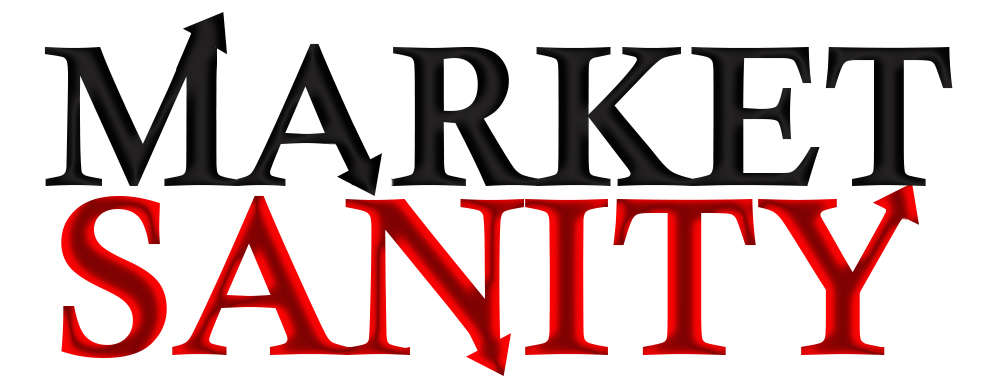Reluctant Preppers, Released on 3/27/20
Despite Gold & Silver spot prices being smacked down, sound money savers are scrambling to find real metals, and having to pay well over spot to obtain physical. What’s driving the new “gold rush,” and what unannounced signals do we see in the debt markets that portend a “black hole” capable of impoverishing the current and future generations?
Proprietary analyst Rob Kirby returns top Liberty and Finance / Reluctant Preppers to refocus our attention on the critical warning sirens. On the heels of the Fed Repos, Congressional $6T Debt-Driven “Stimulus” package, and $4.5T Fed “Everything Buy,” Mortgage Backed Securities have quietly become “Junk”, threatening to bankrupt Fannie-May and Freddie-Mac, unless the Fed takes them on their back for another $11T and corporate debt for $4-5T.. What will $15T-$20T+ in NEW debt do to confidence in the dollar, vs. safe-havens like Gold & Silver?
Rob Kirby is a financial commentator and former broker who worked on an institutional trading desk for most of the 1980s and right up until 1996. He also worked for 11 years at Prebon Yamane, an international inter-dealer broker of foreign exchange and interest rate products. He spent an additional year at another money/bond broker called Freedom Bond Brokers, then spent two years at Garban Inc., another inter dealer bond brokerage in Toronto – and left the industry in 1996. He started writing in 1997, and was involved in a number of entrepreneurial pursuits from marketing Buffalo meat to a part time stint in the giftware business. In 2002, he went to work for Investor’s Group, the largest Mutual Fund Company in Canada. He worked there up until September ’04 when he resigned to write about the markets – and his book – from a “gold bug’s” point of view. His website is called Kirby Analytics.



Rob Kirby, while quite knowledgeable about the bond and bullion markets, is next to totally clueless about the oil market. For starters, Oil companies typically “hedge” their oil production. This means they will lock into a fixed price over a period of time so as to avoid the wild swings of the spot market. So if price rise, they lose, and if prices fall, they win. Spot prices have to remain low for a year or more before they start having a significant effect on producers longer term pricing contracts. As for the US, it is essentially self-sufficient in oil and related gas/bio liquids. Here’s some info from http://www.eia.gov
n 2019, the United States imported about 9.10 million barrels per day (MMb/d) of petroleum from nearly 90 countries. Petroleum includes crude oil, hydrocarbon gas liquids, refined petroleum products such as gasoline and diesel fuel, and biofuels (including ethanol and biodiesel). Crude oil imports of about 6.79 MMb/d accounted for about 75% U.S. total gross petroleum imports in 2019, and non-crude oil petroleum accounted for about 25% of total gross petroleum imports.
In 2019, the United States exported about 8.57 MMb/d of petroleum to about 190 countries and 4 U.S. territories. Crude oil exports of about 2.98 MMb/d accounted for 35% of total gross petroleum exports in 2019. The resulting total net petroleum imports (imports minus exports) were about 0.53 MMb/d in 2019.